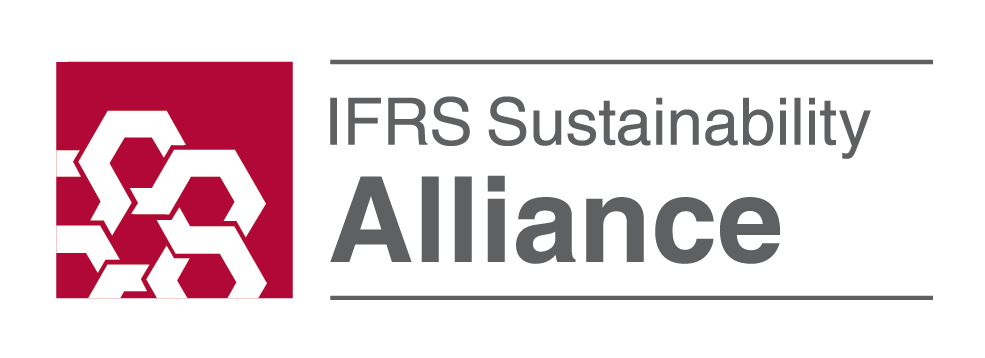TRAINING OBJECTIVES
You will learn:
- The link between sustainable development with sustainability reporting
- Value of sustainability reporting
- Key features of GRI Standards as well as to the modular structure
- How to use the GRI Standards; apply the universal standards as well as the topic specific standards
- How to understand and apply the concept of ‘materiality and boundaries’
- How to understand and apply the reporting process using GRI Standards.
TRAINING OUTCOMES
The training program provides you the tools to:
- Plan your sustainability reporting process.
- Identify key stakeholders
- Distinguish your organizations material issues
- Recognize the internal procedures and mechanisms you will need.
- Incorporate the UN Global Compact Principles into Sustainability Reporting
- Evaluate the quality of sustainability reports using your newly acquired knowledge.
TRAINING PROGRAM
PART1: Introduction and background
1.1 Sustainable Development
1.2 Sustainability Reporting
1.3 About GRI
1.3.1 GRI Standards
1.3.2 GRI’s Global Sustainability Standards Board (GSSB)
1.3.3 Multi-Stakeholder Approach
PART 2: Overview of the GRI Standards
2.1 Useful Terminology
2.2 Introduction to GRI Standards
2.3 Structure of GRI Standards
2.4 How to Use the GRI Standards
2.5 Other Standards and Frameworks
Part 3: GRI Standards
3.1 Universal Standards
3.1.1 GRI 101: Foundation
3.1.2 GRI 102: General Disclosures
3.1.3 GRI 103: Management Approach
3.2 Topic-Specific Standards
PART 4: Start your reporting process using the GRI Standards
4.1 Applying the Reporting Principles
4.2 Reporting General Disclosures
4.3 Identifying Material Topics and Boundaries
4.4 Reporting on Material Topics
4.5 Reporting in Accordance
4.6 Presenting and Compiling Information
4.7 End of Course Exercise
PART 5: Additional resources
5.1 GRI Support Suite
5.2 Getting Involved
5.3 Useful Resources
5.4 End of Course Evaluation





